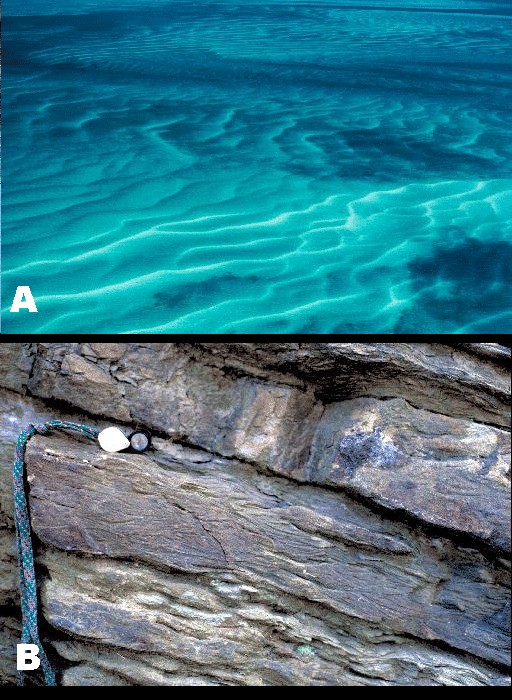
Sand collects in shallow parts of the
ocean like the place shown in (A). It is carried to the sea by
rivers that move sediment from eroding mountains. The larger grains of sediment are
deposited closer to shore and the smaller grains are deposited further from shore. The sand often forms ripples, like you can see in (A), and even underwater sand dunes and may eventually become layers of
sedimentary rock called sandstone like that shown in (B).
How do people get to the shallow ocean? They scuba dive!
Back to the Table of Environments
Both images courtesy of Martin Miller, University of Oregon and the Earth Science World Imagebank.
Last modified January 6, 2004 by Lisa Gardiner.
You might also be interested in:

Rivers are very important to Earth because they are major forces that shape the landscape. Also, they provide transportation and water for drinking, washing and farming. Rivers can flow on land or underground
...more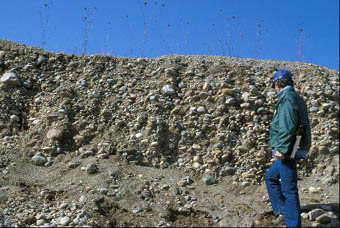
When water or wind loses energy and slows down, sediment can no longer be carried in it. The particles fall through the water or air and form a blanket of sediment on the bottom of a river, a lake, ocean,
...more
Scuba stands for self-contained, underwater breathing apparatus. It means that scuba divers carry all of the breathing medium they need with them for the duration they are underwater. Open-Circuit scuba
...more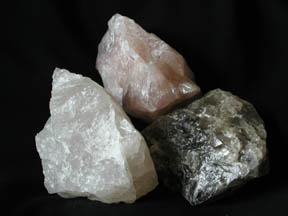
Spotting minerals is fun! There are many different types of minerals, each with a different name and a special set of characteristics. So, if you find a mineral that you do not recognize, you can use
...more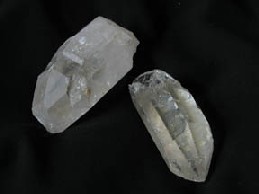
Quartz is one of the most common mineral in Earth’s crust! Silica (Si) and Oxygen (O) are the only elements within pure quartz. If a cooling magma has silica leftover after feldspars form, quartz is likely
...more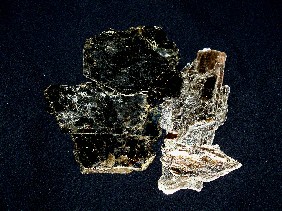
Mica minerals make some rocks sparkle! They are often found in igneous rocks such as granite and metamorphic rocks such as schist. They sparkle because light is reflected on their flat surfaces, which
...more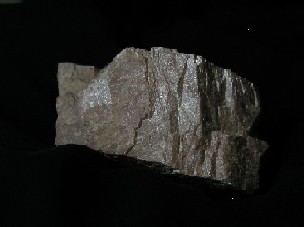
Feldspar is the most common mineral in the Earth’s crust, so you are very likely to find it in the rocks you collect! It is found it all of the three rock types, but is most common in intrusive igneous
...more















